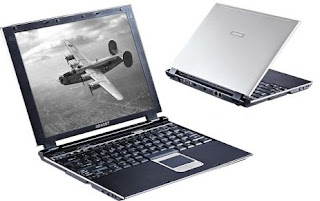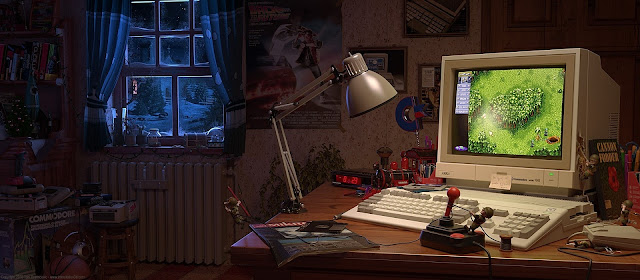
Toshiba Portege R100 - Installing Windows The Portege R100 was a high-end Ultrabook produced by Toshiba. Released in 2004, it was a thin, lightweight notebook, part of a series of machines carrying the Portege model name. The specs were an Intel Centrino Pentium M 1Ghz processor, Trident XP4 Graphics at 32Mb, Intel 855PM Chipset, up to 1.25Gb of DDR memory, 1024 x 768 XGA 12.1" Screen, and Ultra Low Voltage (ULV) coming in at less than 4lbs (1.81Kg) On release the price was over £2000, but this quickly dropped to £1500 to increase sales within business and office circles. These notebooks have been quite sought after in the past few years, but are getting thin on the ground due to a few issues. One of those issues has been that they were thin and light-weight, meaning that they broke easily in the fat sweaty hands of over-weight business men, and parts were expensive, so lots of machines were broken down for parts. The main problem in later years was ...



